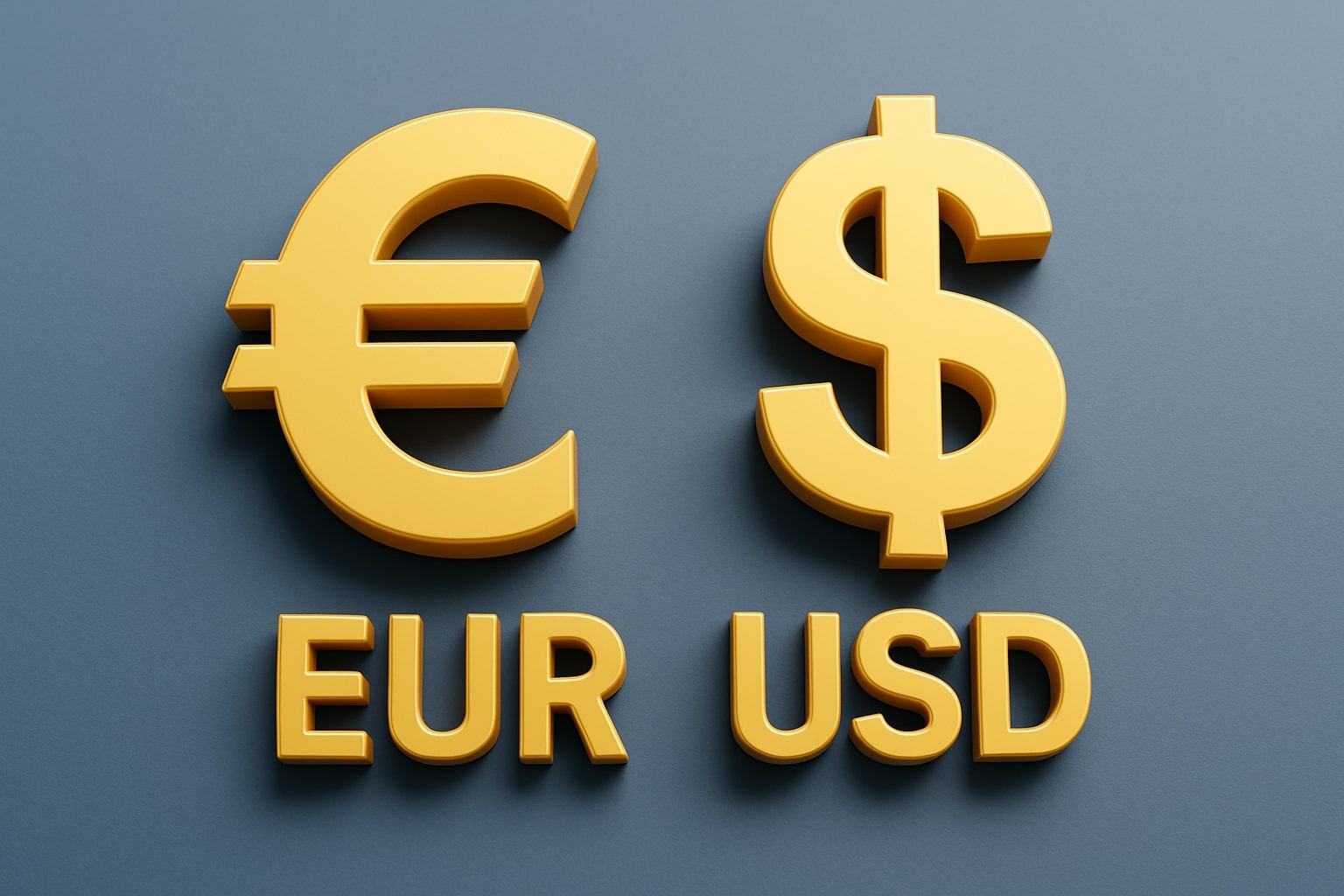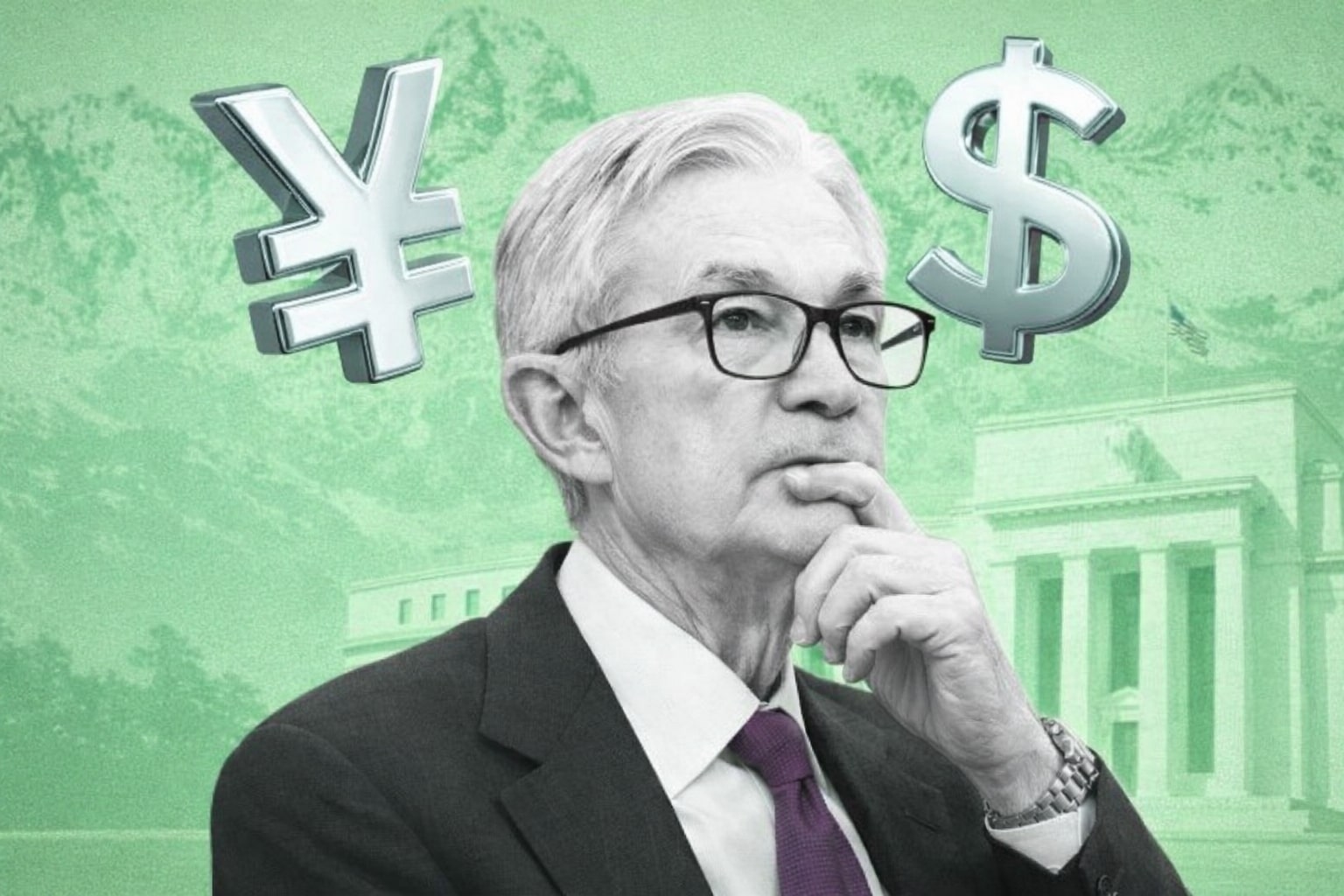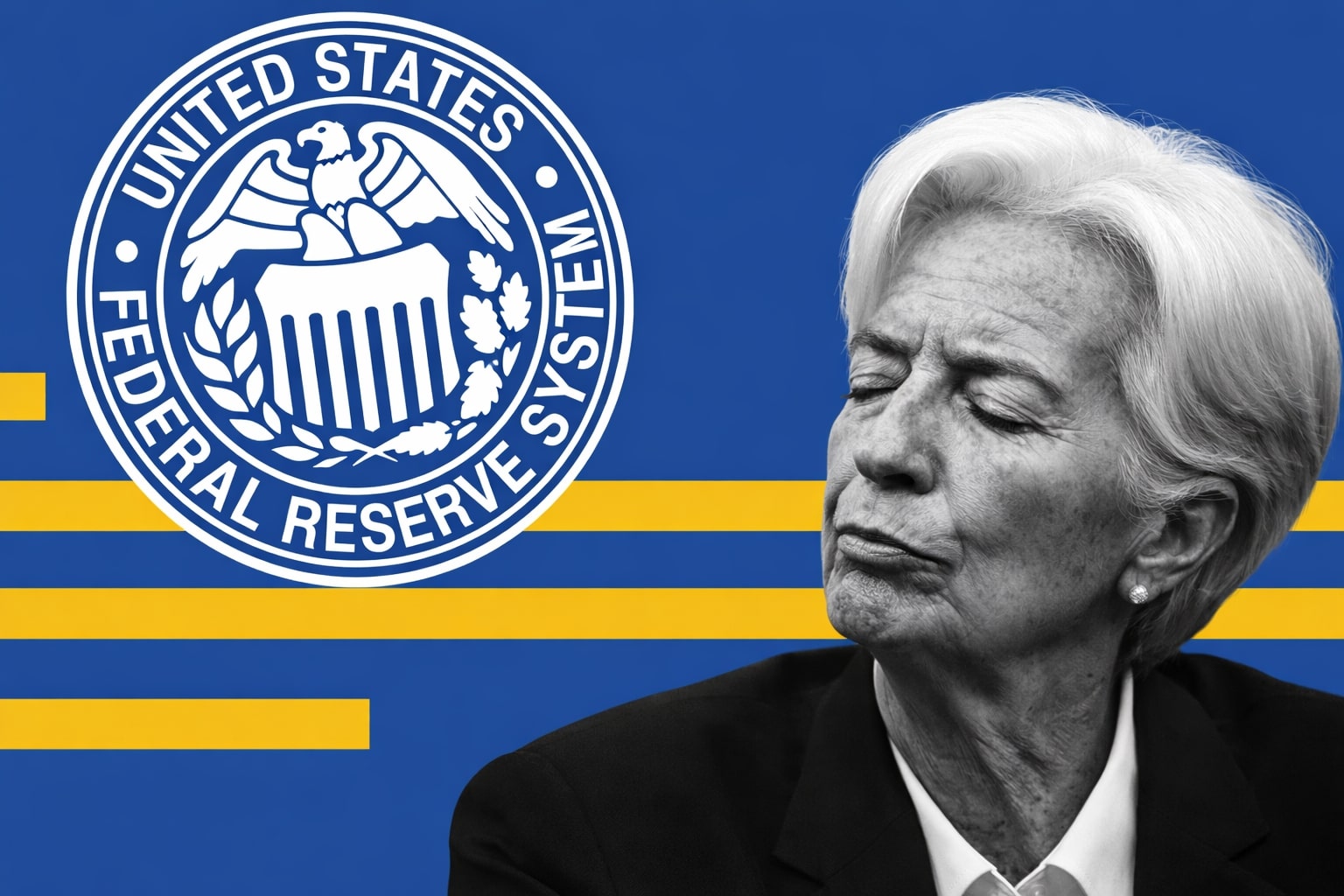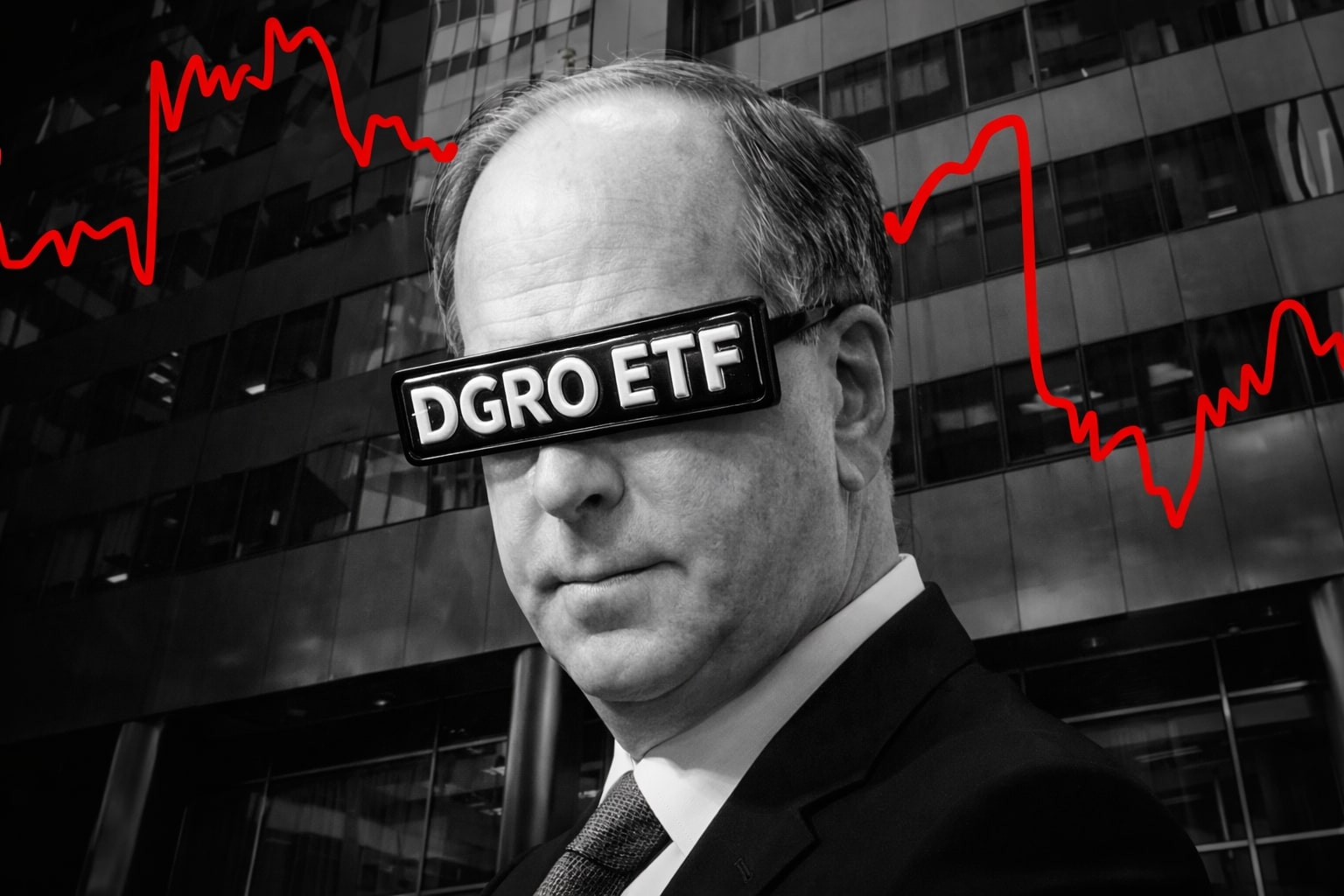EUR/USD’s Volatile Weekly Swings
Last week’s trading saw the euro traverse a 375-pip range against the dollar, plunging from a 1.1770 high on July 28 to a 1.1395 low on Friday before rallying back to 1.1590 into the weekend. This 3.2 percent weekly swing underscored the intense intraday volatility that has gripped FX markets as traders wrestle with conflicting signals from economic data and central banks.
Macro Crosscurrents Driving Dollar Demand
July’s ISM Services PMI surprise to 50.8, beating forecasts by 0.3 points, hinted at a services-led expansion that should support dollar strength. Yet the same report showed input‐price pressures at 67.5 points, signaling that inflation remains stubborn. Friday’s nonfarm payroll miss—only 73 000 jobs added versus 104 000 expected—reignited rate-cut speculation, sending the CME FedWatch Tool’s odds for a September easing above 80 percent. This has created a tug-of-war: resilient services data buoy the greenback, but weakening labor metrics and dovish Fed pricing exert downward pressure on the DXY, which ended the week at 99.05, down 0.5 percent.
Synchronized Global Easing Offers EUR/JPY Carry Appeal
While the Fed sits on the sidelines, the ECB, BoE and RBA have collectively signaled up to 125 basis points of cuts by end-2025. That divergence has lifted the euro in cross‐rates against the yen, forming the basis for a popular EUR/JPY carry trade. As of Friday, EUR/JPY reached 162.40—a ten-week high—on a 50 bps rate-cut priced for the ECB versus a static 0.10 percent Bank of Japan rate. This relative yield advantage has drawn nearly $1.2 billion into euro-denominated carry funds over the past month, according to LSEG figures.
Technical Breakdown And Oversold Rebound
EUR/USD broke decisively below the lower trendline of a rising wedge last Wednesday, igniting a sharp drop to the 1.1400 handle. On the four-hour chart, RSI plunged to 20.1—its lowest level since March 2024—before snapping higher after the NFP release. The pair’s Friday recovery stalled at prior support turned resistance near 1.1575, with the 50 period SMA at 1.1583 capping further upside. Immediate technical floors lie at 1.1500 and 1.1440, while a sustained break above 1.1600 would shift momentum back to neutral.
Institutional Positioning And Central Bank Effects
CFTC Commitment of Traders data show speculators increasing their net euro longs by 12 000 contracts last week, positioning for a potential ECB-led rebound. At the same time, the European Central Bank’s official reserves report for July revealed a further 13 tonne acquisition of gold—partly funded by dollar sales—implying the Eurosystem sold an estimated $3.8 billion of USD assets to diversify away from dollar reserves. This central bank selling has provided intermittent support to EUR/USD even amid broader dollar strength.
Strategic Outlook: Sell Rallies, Target 1.1400 – 1.1350
Given the preponderance of dovish Fed pricing, continued global rate-cut expectations, and EUR/USD’s breakdown from multi-month support, the bias favors selling euro rallies toward 1.1575–1.1600. Tactical entries in that zone with stops just above 1.1620 could target 1.1500 initially and 1.1350 on a weekly close below 1.1440. On any sustained move above 1.1620—invalidating the descending channel—short-covering could spark a retest of 1.1685, but until then, the technical and fundamental alignment argue for a bearish stance.




















